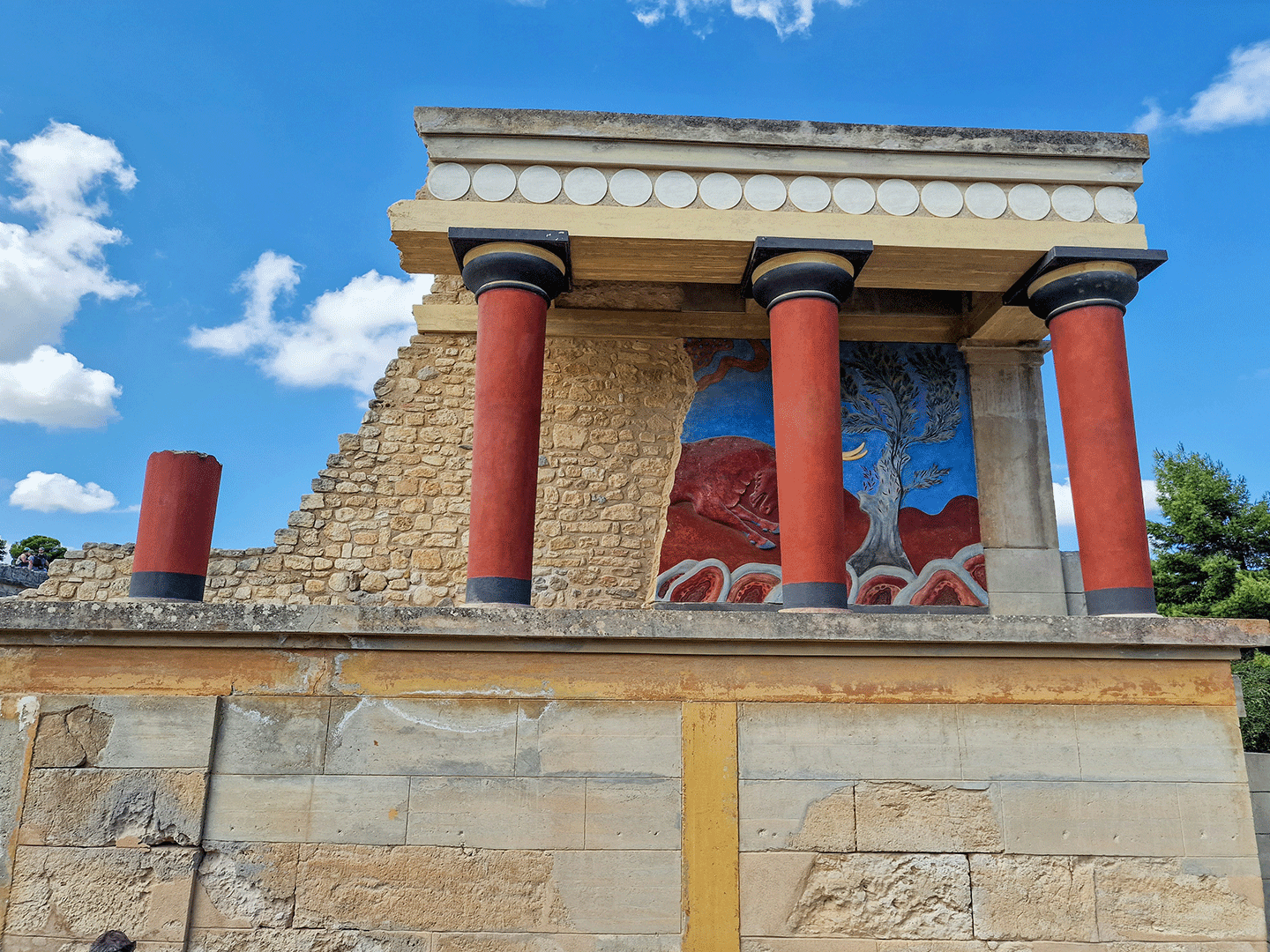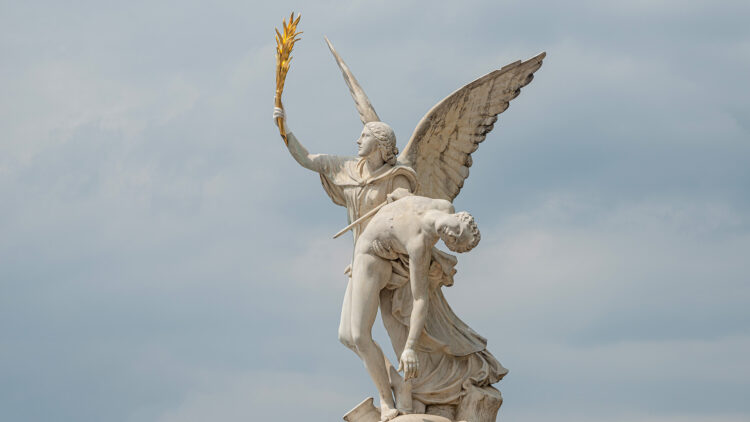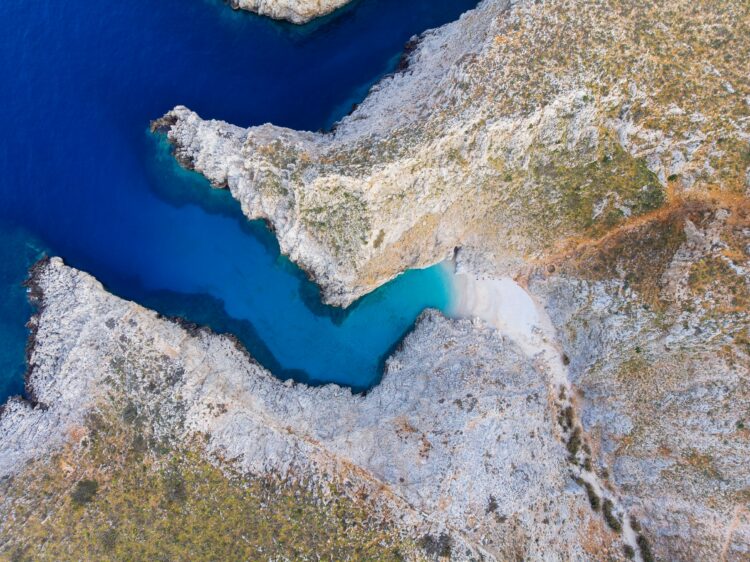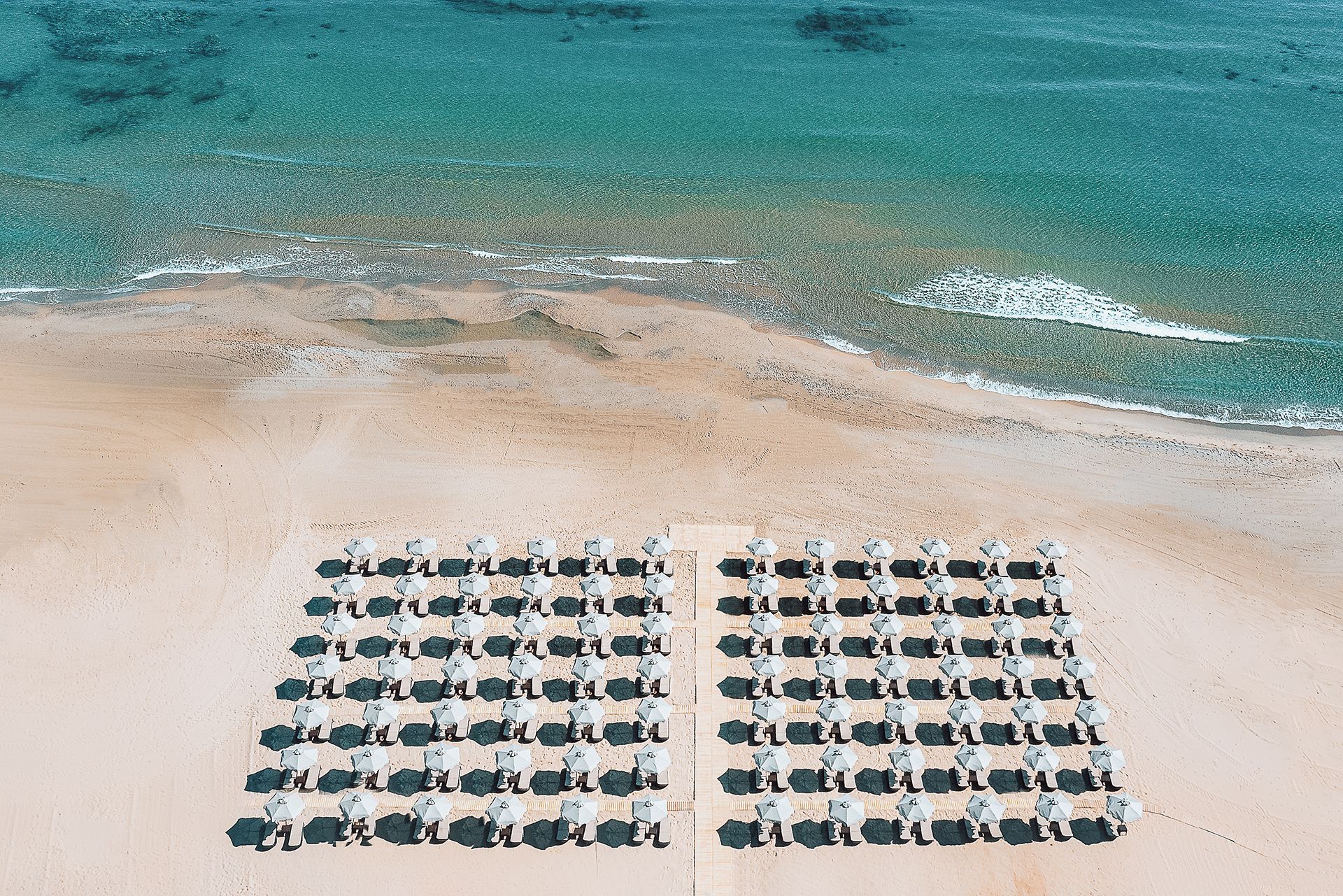Crete, the largest of the Greek islands, is not just a treasure trove of natural beauty and archaeological wonders but also a land steeped in myth and legend. These ancient stories have shaped the island’s culture and continue to enchant visitors. Here, we delve into some of the most captivating myths and explore the locations tied to these legendary tales.
The Minotaur and the Labyrinth
One of the most famous myths originating from Crete is the story of the Minotaur, a fearsome creature with the body of a man and the head of a bull. According to legend, King Minos of Crete commanded the construction of a vast labyrinth to imprison the Minotaur. This intricate maze was designed by the master craftsman Daedalus and was located beneath the palace of Knossos.
Visitors to Crete can explore the archaeological site of Knossos, situated just outside Heraklion. The palace complex, with its grand halls, storerooms, and courtyards, gives a glimpse into the grandeur of the Minoan civilization. Although the labyrinth itself remains a myth, wandering through the ruins can still evoke a sense of wonder and mystery.
Zeus and the Dikteon Cave
Another significant legend tied to Crete is the birth of Zeus, the king of the Greek gods. According to mythology, Zeus was born in the Dikteon Cave, hidden from his father Cronus, who feared a prophecy that one of his children would overthrow him. To prevent this, Cronus swallowed his offspring, but Zeus was saved by his mother Rhea and hidden in the cave.
Travelers can visit the Dikteon Cave, located on the Lassithi Plateau. The cave, with its impressive stalactites and stalagmites, provides a fascinating glimpse into the natural beauty that may have inspired such myths. The journey to the cave is equally rewarding, offering stunning views of the surrounding countryside.
The Abduction of Europa
The myth of Europa, from whom Europe derives its name, is also rooted in Cretan lore. Zeus, enamored with the Phoenician princess Europa, transformed himself into a magnificent bull and lured her onto his back. He then swam across the sea to Crete, where he revealed his true identity and made her the first queen of the island.
The town of Gortyna is often associated with this myth. Visitors can explore the ancient ruins of Gortyna, including the Plane Tree, under which Zeus is said to have seduced Europa. The archaeological site also features remnants of a Roman-era city, showcasing the historical layers of Crete.
King Minos and the Minoan Civilization
King Minos, a central figure in many Cretan myths, is also credited with founding the powerful Minoan civilization. The Minoans were advanced in art, architecture, and commerce, and their influence extended throughout the Aegean. The myths of King Minos often intertwine with historical elements, such as the powerful naval fleet and the intricate bureaucracy of the Minoan palace.
Beyond Knossos, visitors can explore other Minoan sites such as Phaistos and Malia. These sites provide further insight into the advanced nature of Minoan society and their architectural prowess.
Conclusion
Crete’s myths and legends offer a rich tapestry of stories that continue to fascinate and inspire. From the terrifying Minotaur to the divine birth of Zeus, these tales are woven into the fabric of the island’s culture. By visiting the historical sites associated with these myths, travelers can step into the world of ancient Greece and experience the magic that has captivated imaginations for millennia. Embark on your own mythical journey and discover the legends that make Crete a truly enchanting destination.









